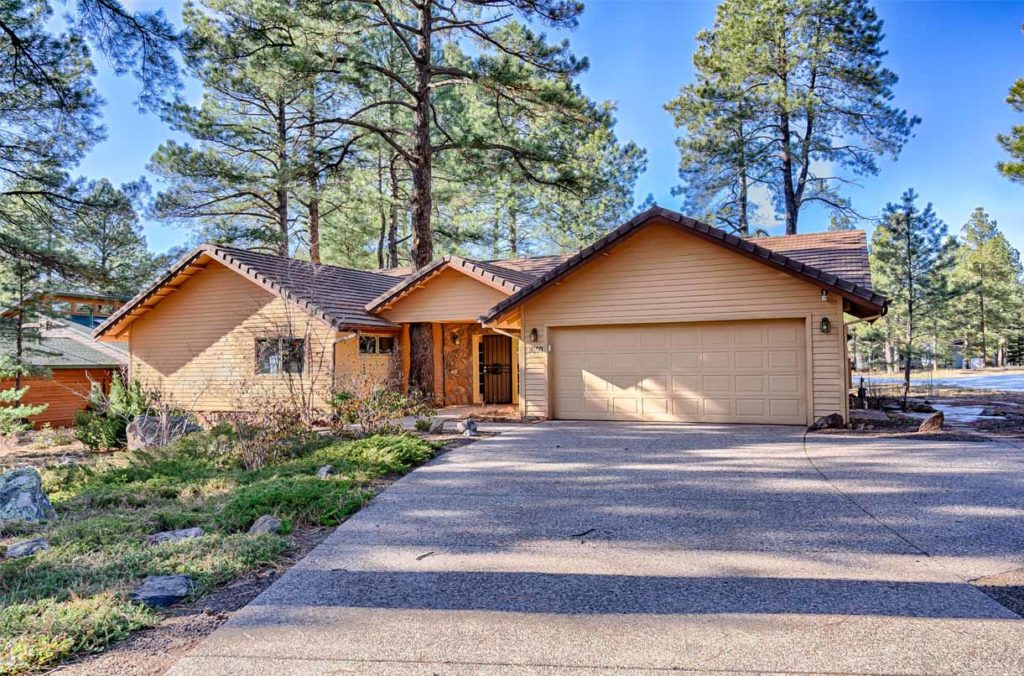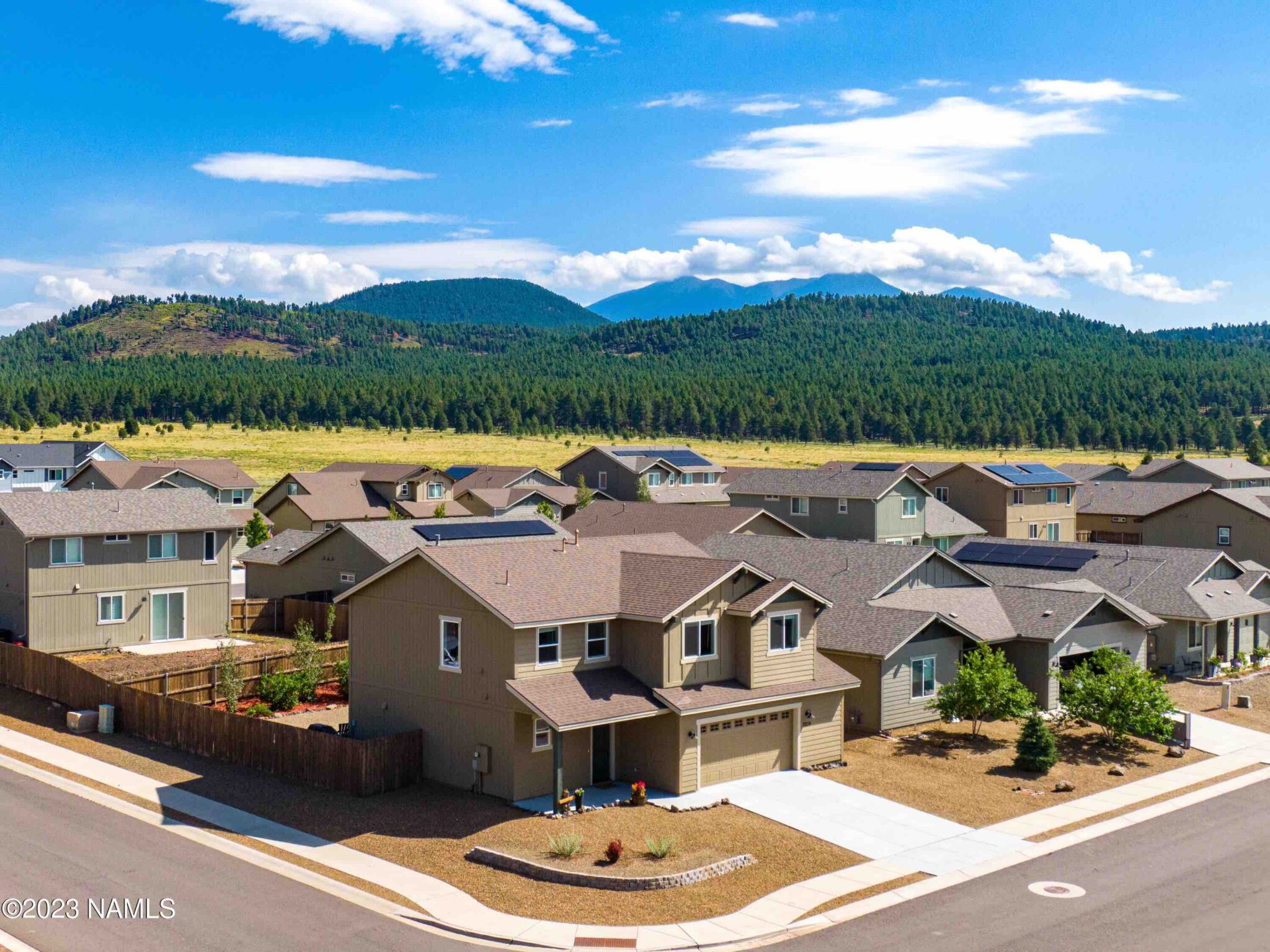
You’ve arrived at that point in your life where you’re thinking about buying a home — maybe for the first time, or maybe even a second property. Congratulations! This is exciting stuff. Now you just need to decide what exactly it is you’re looking for. What kind of qualities, characteristics, features, and amenities are important to you? What kind of architectural styles appeal to you? What does your dream home look like? How many rooms does it have? Where (what kind of neighborhood, etc.) can you actually imagine setting down long-term roots? And perhaps one of the most important questions to ask yourself, do you want to buy a new home or an older one? This can be a challenging question to answer, in part because there are pros and cons to both older and newer homes that need to be taken into consideration. We’ve laid out some of the most important aspects of both new and older homes here, to hopefully help you make a more informed decision.
The benefits of buying a new home
Though perhaps lacking the historic charm of an older home, there are a lot of advantages to buying a newer (“older homes” are often defined as having been built before the 1970s, or 1990s, depending on who you ask) or even a completely new home (or “new construction” or “new build”) that has never been lived in before. For one thing, you’re less likely to have to do further cleaning, customization, updating, renovating, or fixing up immediately upon moving in, as you might have to with an older home. They tend to be larger than older homes, and safer too, having to conform to current building codes and regulations. Newer homes also come with other added benefits from being more recently built, such as usually being more energy efficient and built-in technology features like alarm systems and Internet wiring. And, of course, there’s nothing like that new home smell.
To summarize, here are the benefits of buying a new home:
- Generally cleaner
- Come with modern features, for example, an open floor plan
- Come with modern appliances such as dishwashers, refrigerators, microwaves, and so on
- Latest technology features likely already built-in (alarm systems, Internet wiring, cable, etc.)
- Generally more energy efficient
- Generally fewer maintenance costs
- Conform to current building codes and regulations
- More options for customization
The drawbacks of buying a new home
Above all else, most people agree that the biggest downside to buying a new home over an older one is that they almost always cost more than older homes. Because cities are usually built up with homes from the middle first and then ever-outward over time, newer properties also tend to be (but certainly aren’t always) lacking in location, as older homes will more likely be situated close to the center of town in long-established neighborhoods and all of the businesses, public institutions and spaces (like schools, libraries, hospitals, and parks), and amenities that usually come with them. They also, though not as a rule, tend to have less outdoor space, as open land became more valuable and more scarce in a given area over time — though this is obviously also highly dependent on the area you’re looking to buy in, as some older neighborhoods in urban areas have homes that are built closer together as well.
To summarize, here are the drawbacks of buying a new home:
- Often cost more (up to 20% more)
- May be farther from work, school, and other amenities (grocery stores, for example)
- Tend to be built on smaller lots than older homes, meaning less outdoor space
- The extra cost for window coverings, landscaping if these are not included/completed
The benefits of buying an old home
Though there are a great many benefits to buying a newer home, older homes certainly have their own set of appealing characteristics too, the first and foremost being for most people quite obviously the historic nature of older homes, which tend to offer a wider variety of architectural styles and original, unique features. The charm of a classic Victorian, Craftsman Bungalow, or Tudor Revival home is hard to beat. Along with their aesthetic appeal, older homes often offer a special construction style and quality that proves the old saying “They just don’t build ‘em like that anymore” true. Though they tend to be cheaper initially and may require a certain degree of renovation and fixing up at first, they can also end up being great long term investments, as older homes become more rare and valuable. Homes in historic neighborhoods, in particular, are great because the neighborhood’s property value is unlikely to drop. In fact, if a home truly has significant historic value, you may even be able to get tax incentives or lower interest loans to restore, purchase, or preserve them.
To summarize, here are the benefits of buying an old home:
- Classic construction style and quality
- Original, unique features
- Convenient location
- Larger yard/more outdoor space
- Maybe a better long-term investment
The drawbacks of buying an old home
All of this being said, it’s still very important that potential buyers of an older home be both mentally and financially prepared for the drawbacks that may come along with an older home. The largest and most common challenge with older homes is that they’re, well, old — and thus often lack the modern features of most other homes, such as safer and more efficient appliances, plumbing, windows, electrical systems, and so on. Unfortunately, they might also possess a host of other issues that future owners might have to reckon with, such as the presence of hazardous materials formerly used in building homes (such as lead and asbestos), as well as all sorts of damage the home may have accrued over the year. In any case, buyers can anticipate such issues better by hiring a professional home inspector to inspect the home prior to purchase, as well as ask the buyer or your real estate agent for prior inspection reports to give you, if they exist.
To summarize, here are the drawbacks of buying an old home:
- Smaller closets and storage space, or even smaller rooms more generally
- Hazardous building materials like lead and asbestos
- Radon, a radioactive gas that can enter homes through cracked foundations and basement walls. Newer homes can have this as well. We do recommend testing
- Previous damage to the home, such as the following:
- Termite damage
- Mold and mildew damage
- Foundational or structural damage
- Roof problems
- Plumbing problems
- Substandard and unsafe features, mechanicals, and appliances, such as:
- Inefficient windows
- Unsafe electrical systems
- Less energy efficient
Conclusion
Ultimately, there’s no one right answer to the question of what type of home is better, old, new, or in between. Largely, it depends on your own personal preferences, priorities, lifestyle, and budget — as well as potentially other factors such as the size of your household, if you have children or pets in the home, and so on. Regardless of what you ultimately decide, we hope our guide here can help you make an informed decision. And if you ever need any additional information about the real estate market in Flagstaff, new homes for sale in Flagstaff, or any other questions about buying property here in Flagstaff or Northern Arizona, don’t hesitate to get in touch with our experienced team of REALTORS at the Elite Team at RE/MAX Peak Properties.

